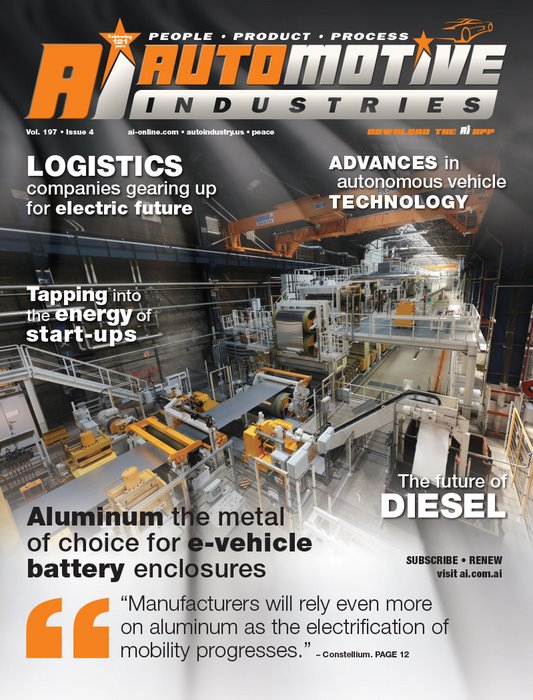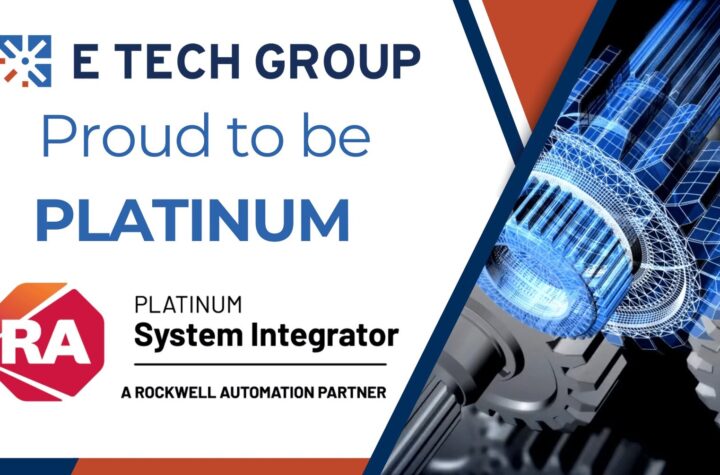
Aluminum is considered an essential material for e-mobility, offering optimal properties in terms of performance, safety, battery module protection and weight saving.
Weight is a crucial factor affecting a vehicle’s range and, therefore, its market acceptance. Aluminum not only helps automakers to reduce vehicle weight; it also provides battery protection, thermal conductivity, and sustainable production through recycling. The proportion of aluminum in automobile production has grown significantly in recent years with t h e average passenger vehicle integrating 151 kg of aluminum, a figure that continues to trend upward.
Experts predict that amount will rise to 196 kg per car by 2025.
By using different alloys, aluminum can be deployed in vehicles in a variety of ways, allowing a single material to meet various requirements – not just for automotive body sheet and structural components but also for battery protection.
As one of the world’s leading manufacturers of high-quality aluminum alloys and solutions, Constellium offers both rolled and extruded products for use in electric vehicles.
Constellium’s 6000-series aluminum extrusion alloys, HSA6™ and HCA6™ are particularly suited for use by the automotive industry.
In addition to their optimal crash performance, high strength, and superior corrosion resistance, they’re valued for their formability.
Another alloy from the Constellium product range with enhanced crash performance is Securalex®. This 6000-series, high-tech crash alloy sheet solution, used for specific parts in the vehicle’s sensitive areas, guarantees good formability and excellent energy absorption without brittle fracture in the event of a crash, guaranteeing the integrity of the battery enclosure.
In the event of a collision, the alloys in the Constellium product range help not only to reduce damage and protect passengers, but to maintain vehicle integrity and minimize potential repair costs.
Losing weight to increase range
Range will play a decisive role in the future success of e-mobility. Many buyers see today’s average range of 250 kilometers as insufficient. Consequently, the focus of manufacturers is on increasing range. One important factor is weight – and as a material optimally suited for lightweight construction, aluminum is playing a major role. Compared to conventional steel, aluminum achieves a weight reduction of up to 40%. For instance, each extrusion in an aluminum automotive component is optimized in terms of shape, gauge, and size, and designed to manage the load and minimize weight. Overall weight and performance characteristics such as strength, package space, energy absorption or surface quality are affected by the choice of alloy.
Aluminum adds safety to battery enclosures
The top priority in the design of vehicles is the protection of the occupants. The safety of the battery and, therefore, of the vehicle itself, is highly dependent on the material used for the battery enclosure, which must be crash- and intrusion-resistant. The excellent formability and crash performance of aluminum alloys make them ideal for protecting the battery.
Because electric vehicles have high-voltage batteries, the enclosure must also be impermeable to liquid to avoid risks. Joining technologies, such as friction stir welding, adhesive bonding, flow drill screws and self-piercing rivets, offer innovative solutions to meet the unique demands of battery enclosures.
Finally, lithium-ion batteries – the batteries most frequently deployed in electric vehicles today – can be flammable or even explosive under extreme conditions, which is why they require special protection.
Thermal management
Thermal management of the battery makes a substantial contribution to safety. Battery temperatures must be kept in the optimal range to provide greater range and longer battery life. By assisting with thermal management, aluminum serves another important purpose, because a battery’s weak point is its temperature sensitivity. When a large amount of energy is drawn from or fed into storage within a short period of time – for example, during acceleration or charging – it generates significant heat.
This heat must be discharged from the battery enclosure by means of a cooling process. Aluminum’s high thermal conductivity makes it suited for use as a cooling structure and thus ideal for integration into a battery enclosure.
In addition to extrusion solutions, Constellium Coralex® is a sheet solution that provides ideal protection of the vehicle battery from below, against rocks or other objects on the road. Thanks to its excellent corrosion resistance, Coralex® is suitable for use in winter on salted streets without additional surface treatment. Aluminum also provides much better insulation against electromagnetic radiation than steel, thus naturally shielding the battery without need for an additional protective layer.
Recyclability
Aluminum can be recycled repeatedly without reducing its quality. Recycling is an energy- and resource-saving process. Producing secondary aluminum takes 95% less energy than producing primary aluminum. Aluminum’s low melting point of around 600°C, depending on the alloy, is especially favorable for recycling. Consequently, recycled aluminum is resource-efficient, ecological, and ensures sustainability – one of the most important concepts in e-mobility.
Continuing development of aluminum alloys
Constant research and development are essential for making future electric vehicles safer and their range even longer. For years, Constellium has been in a collaborative partnership with Brunel University London, and recently expanded research opportunities at its University Technology Center (UTC), which was opened in 2016. Thanks to these state-of-the-art facilities, which feature industrial-scale casting, extrusion, forming and joining equipment, new technologies are passed directly from the laboratory to Constellium’s production facilities around the world.
The center combines everything under one roof – from the development of innovative alloys, to simulation, prototyping, and testing of structural components. The expanded capability of the UTC enables Constellium to manage these dynamic processes with greater speed in order to drive value for global automotive customers. At its Technology Center in Voreppe, France, Constellium operates Western Europe’s largest R&D center dedicated to aluminium. Over 200 resident scientists conduct ongoing research into various aspects of aluminum and its alloys.
Outlook
As the electrification of mobility progresses, manufacturers will rely even more on aluminum. Its light weight supports automakers in developing electric vehicles that are both safer and have greater range. In the future, as demand for electric vehicles grows, the cars’ structure and design will adapt, because their motors and batteries use entirely different technologies that require different installation types and locations. The benefit of an optimized structure is that batteries can be moved to a better location in the vehicle from a safety perspective, and components can be combined for greater efficiency. Experts see this as heralding a clear upward trend for highly versatile aluminum.
_-_Copy.jpg)














More Stories
Celanese Materials Shine in Multiple Category Winners at 2024 SPE Automotive Innovation Awards
New future-ready single-slot PXIe controller for high-performance T&M applications from Pickering Interfaces
US Army Awards ANELLO Photonics Contract Phase II SBIR Topic “xTech Search 7 SBIR Finalist Open Topic Competition”